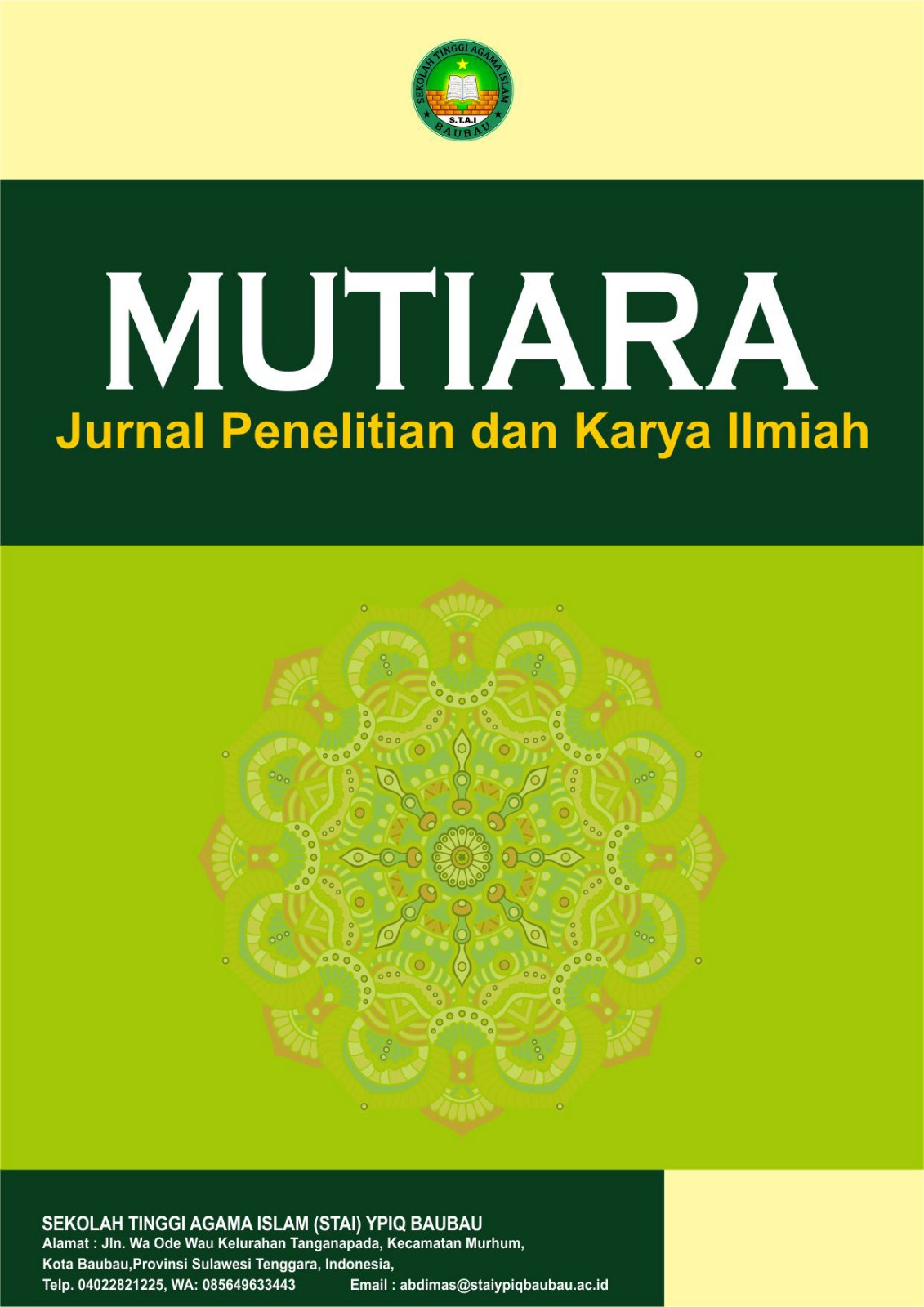Prinsip Non-Intervensi di Era Krisis Kemanusiaan: Reinterpretasi Normatif dalam Tindakan Perserikatan Bangsa-Bangsa
DOI:
https://doi.org/10.59059/mutiara.v3i4.2683Keywords:
contextual, humanitarian crisis, international law, non-intervention, UNAbstract
The principle of non-intervention is the main foundation in international relations that affirms the prohibition of interference by other countries in the domestic affairs of a country. However, increasingly complex global dynamics, especially related to the increasing humanitarian crises such as genocide, ethnic cleansing, and systematic human rights violations have raised serious challenges to the absolutism of the principle. This article aims to analyze how the principle of non-intervention is normatively reinterpreted in the practices and actions of the United Nations (UN), especially through the Responsibility to Protect (R2P) doctrine. Using a juridical-normative approach and case studies of interventions in Rwanda, Kosovo, and Syria, this study reveals a shift in the meaning of non-intervention from an absolute prohibition to a limited allowance for humanitarian protection. This finding confirms that in conditions of extreme humanitarian crises, the legitimacy of international action is not only measured by state sovereignty, but also by the moral and international legal obligations to protect civilians. The UN, as a multilateral actor, plays a key role in balancing the principle of non-intervention with humanitarian imperatives, thus giving rise to dynamic and contextual normative reinterpretations.
References
Bellamy, Alex J. Responsibility to Protect: The Global Effort to End Mass Atrocities. Polity Press, 2009.
Chesterman, Simon. Just War or Just Peace? Humanitarian Intervention and International Law. Oxford University Press, 2001.
International Commission on Intervention and State Sovereignty (ICISS). The Responsibility to Protect. International Development Research Centre, 2001.
Piagam Perserikatan Bangsa-Bangsa (Charter of the United Nations), 1945.
Roberts, Adam. “The So-Called ‘Right’ of Humanitarian Intervention.” Yearbook of International Humanitarian Law, vol. 3, 2000, pp. 3-51.
Thakur, Ramesh. The United Nations, Peace and Security: From Collective Security to the Responsibility to Protect. Cambridge University Press, 2006.
United Nations General Assembly. World Summit Outcome Document, A/RES/60/1, 2005.
United Nations Security Council Resolutions: 688 (Iraq, 1991); 794 (Somalia, 1992); 1244 (Kosovo, 1999); 1973 (Libya, 2011).
Welsh, Jennifer M. “Implementing the ‘Responsibility to Protect’: Where Expectations Meet Reality.” Ethics & International Affairs, vol. 24, no. 4, 2010, pp. 415-430.
Wheeler, Nicholas J. Saving Strangers: Humanitarian Intervention in International Society. Oxford University Press, 2000.
UN Human Rights Council. Report of the Independent International Fact-Finding Mission on Myanmar, A/HRC/39/64, 2018
Human Rights Watch. “Ethiopia: Atrocities by Eritrean Forces in Tigray.” HRW Report, March 2021.
Downloads
Published
How to Cite
Issue
Section
License
Copyright (c) 2025 Mutiara : Jurnal Penelitian dan Karya Ilmiah

This work is licensed under a Creative Commons Attribution-ShareAlike 4.0 International License.








